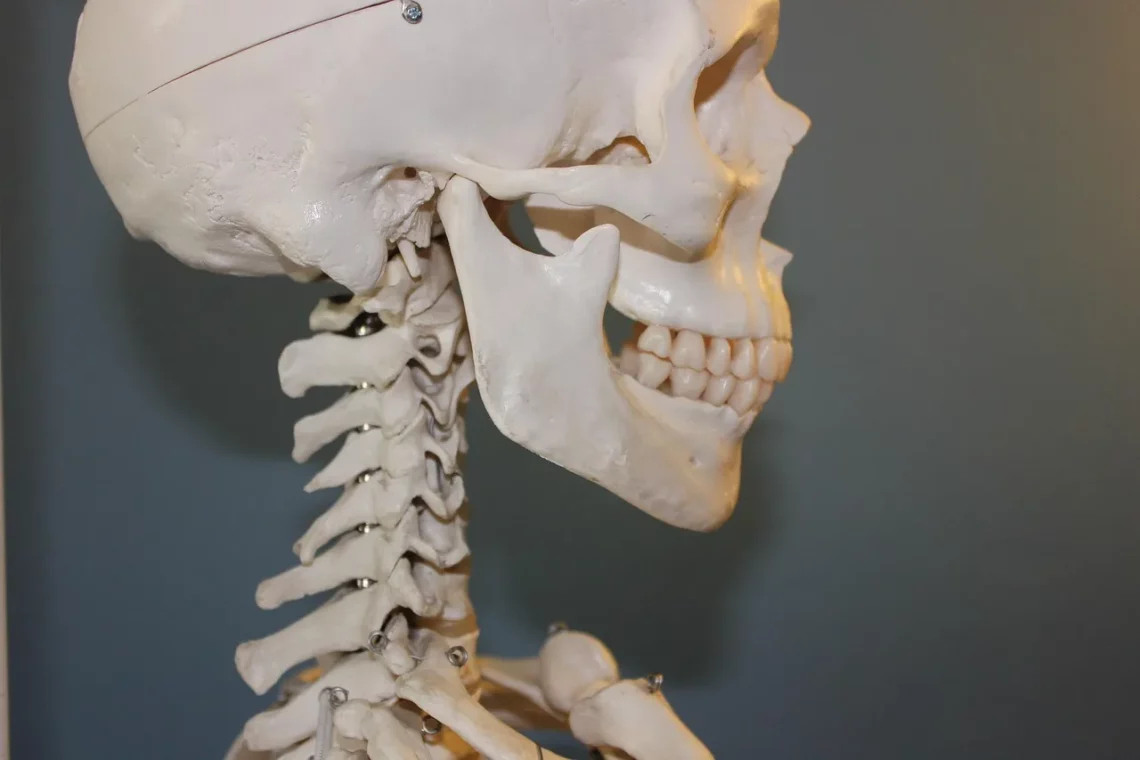
Innie vs Outie Pussy: Understanding the Differences and Variations
Understanding the diversity of human anatomy is essential for appreciating individual differences and promoting body positivity. Among these variations, the appearance and shape of the vulva can differ significantly from person to person, reflecting a wide range of genetic, hormonal, and environmental factors. The terms “innie” and “outie” are often used colloquially to describe two distinct types of vulvar anatomy, each representing a unique configuration of the labia and clitoral hood.
This variability serves as a reminder that there is no single “normal” when it comes to human bodies. Each individual has a unique set of traits that contribute to their personal identity and experiences. By fostering an understanding of these variations, we can help dismantle stigmas and misconceptions surrounding female anatomy. This knowledge can empower individuals to embrace their bodies, seek information, and engage in conversations about sexual health and wellness without feeling ashamed or embarrassed.
In this exploration, we will delve deeper into the characteristics associated with innie and outie vulvas, the factors influencing these differences, and the broader implications for health and self-acceptance.
Characteristics of Innie Vulvas
The “innie” vulva typically refers to a configuration where the inner labia are tucked within the outer labia, often leading to a more enclosed appearance. This anatomical variation is quite common and can be influenced by several factors, including genetics and hormonal balances throughout a person’s life.
One defining feature of an innie vulva is the prominence of the outer labia. In many cases, these external folds of skin can provide a protective barrier around the more delicate internal structures, including the vagina and clitoris. The tucked-in nature of the inner labia may also contribute to a smoother appearance, which some individuals may find aesthetically pleasing.
An innie vulva can come in various sizes and shapes, just like any other anatomical feature. For instance, some may have longer outer labia that almost completely cover the inner labia, while others might have a more subtle distinction between the two. Moreover, the pigmentation, texture, and sensitivity of the labia can also vary, contributing further to individual uniqueness.
It’s essential to recognize that the appearance of an innie vulva does not affect sexual function or pleasure. Every person’s anatomy is designed to provide stimulation and pleasure in its own way. Understanding this can help dismantle harmful comparisons and encourage individuals to appreciate their own bodies without feeling inadequate.
Additionally, societal perceptions and media portrayals often skew individuals’ understanding of what is “normal.” Many people may feel pressure to conform to specific beauty standards, leading to dissatisfaction with their natural anatomy. By promoting acceptance of all vulvar types, we can foster a healthier relationship with our bodies and reduce feelings of shame or inadequacy.
Education about innies and outies can also play a crucial role in sexual health. Understanding one’s own anatomy can empower individuals to communicate openly with partners about their preferences and needs. This can enhance sexual experiences and promote healthier relationships based on mutual respect and understanding.
In summary, innie vulvas are characterized by a tucked appearance of the inner labia, which can vary widely among individuals. Recognizing and accepting this diversity is vital for promoting body positivity and encouraging open conversations about sexual health.
Exploring Outie Vulvas
In contrast to the innie vulva, the “outie” vulva features inner labia that extend beyond the outer labia, creating a more prominent appearance. This anatomical variation is equally as normal as its innie counterpart and reflects the rich diversity of human bodies.
One of the most striking characteristics of an outie vulva is the visibility of the inner labia. This can result in a distinct appearance where the inner folds are more pronounced and may even protrude significantly. For individuals with an outie vulva, the inner labia can vary in length, width, and color, leading to a wide array of appearances.
The prominence of the inner labia in an outie configuration can have several implications. For instance, some individuals may find that their anatomy enhances sensations during sexual activities, as the exposed inner labia can be more directly stimulated. However, this also leads to the potential for increased sensitivity, which can vary from person to person.
Culturally, perceptions of outie vulvas can differ significantly. In some societies, the visibility of inner labia may be celebrated, while in others, it might be stigmatized or misunderstood. This disparity can affect individuals’ self-image and confidence, highlighting the importance of fostering body positivity across all anatomical types.
Just like innie vulvas, outie vulvas come with their unique set of considerations regarding sexual health and hygiene. The exposed nature of the inner labia may require individuals to pay additional attention to cleanliness, especially during menstruation or sexual activity. Understanding one’s anatomy can help individuals make informed choices about hygiene practices that suit their specific needs.
Moreover, discussing outie vulvas in a supportive and informative manner can help demystify misconceptions. Many people may feel embarrassed or ashamed about their anatomy, leading to feelings of isolation. Open conversations about the normalcy of outie vulvas can help reduce stigma and promote acceptance.
In conclusion, outie vulvas are characterized by their prominent inner labia that extend beyond the outer labia. Understanding and appreciating this variation can foster body positivity and encourage healthier conversations about female anatomy and sexual health.
Factors Influencing Vulvar Anatomy
The differences between innie and outie vulvas can be attributed to a variety of factors, including genetics, hormonal influences, and even environmental aspects. Understanding these influences can provide insight into the natural diversity of vulvar anatomy and promote a greater appreciation for individual differences.
Genetics play a significant role in determining the shape and size of a person’s vulva. Just as other physical features such as height, eye color, and hair texture are inherited, the configuration of the labia can also be influenced by genetic factors. This hereditary component underscores the importance of recognizing that variations in vulvar anatomy are entirely normal and should be embraced.
Hormonal fluctuations throughout a person’s life can also impact the appearance of the vulva. For example, during puberty, hormonal changes can lead to the development of secondary sexual characteristics, including the growth and shape of the labia. Similarly, hormonal changes during menstruation, pregnancy, or menopause can result in temporary or permanent changes to vulvar anatomy.
Environmental factors, such as lifestyle choices, diet, and overall health, can also play a role in shaping the vulva. For instance, weight fluctuations may influence the surrounding tissue, potentially impacting the appearance of the labia. Additionally, overall health and wellness can affect skin elasticity and tone, which may also contribute to anatomical differences.
Understanding these factors can help individuals feel more comfortable with their unique anatomy. It is essential to recognize that the diversity of vulvar shapes and sizes reflects the complexity of human biology and should not be a source of shame or embarrassment.
Moreover, education on these influences can empower individuals to take charge of their sexual health. By understanding how various factors affect their anatomy, people can make informed decisions regarding their bodies and seek appropriate care when necessary.
In summary, the factors influencing vulvar anatomy are multifaceted, encompassing genetics, hormonal changes, and environmental influences. Recognizing this diversity is vital for fostering a supportive and accepting attitude toward individual differences.
Embracing Body Positivity and Acceptance
Promoting body positivity and acceptance is crucial in a society where unrealistic beauty standards often dominate. Understanding the differences between innie and outie vulvas can be an empowering step toward embracing our bodies as they are.
Body positivity involves recognizing and celebrating the beauty of all body types, including various vulvar anatomies. Encouraging individuals to appreciate their unique features can lead to improved self-esteem and healthier body image. When individuals learn to love and accept their bodies, they are more likely to engage in positive behaviors that support their physical and mental well-being.
Education plays a vital role in this movement. By providing accurate information about human anatomy, we can dispel myths and misconceptions surrounding female bodies. This knowledge can help individuals feel more confident in their skin and encourage open discussions about anatomy, sexual health, and self-acceptance.
Additionally, fostering a supportive community can help individuals feel less isolated in their experiences. Sharing stories and connecting with others who have similar anatomical features can promote a sense of belonging and acceptance. This communal support can be particularly beneficial for young individuals navigating their changing bodies.
Furthermore, it is essential to challenge societal norms and media portrayals that often depict a narrow view of beauty. By showcasing a diverse range of body types, including different vulvar anatomies, we can help shift perceptions and promote a more inclusive understanding of beauty.
In conclusion, embracing body positivity and acceptance is vital for promoting a healthy relationship with our bodies. Understanding the differences between innie and outie vulvas can be a significant step toward fostering self-love and acceptance in a society that often pressures individuals to conform to unrealistic standards.
—
**Disclaimer:** This article is for informational purposes only and should not be considered medical advice. If you have health concerns or questions about your anatomy, please consult a qualified healthcare professional.




